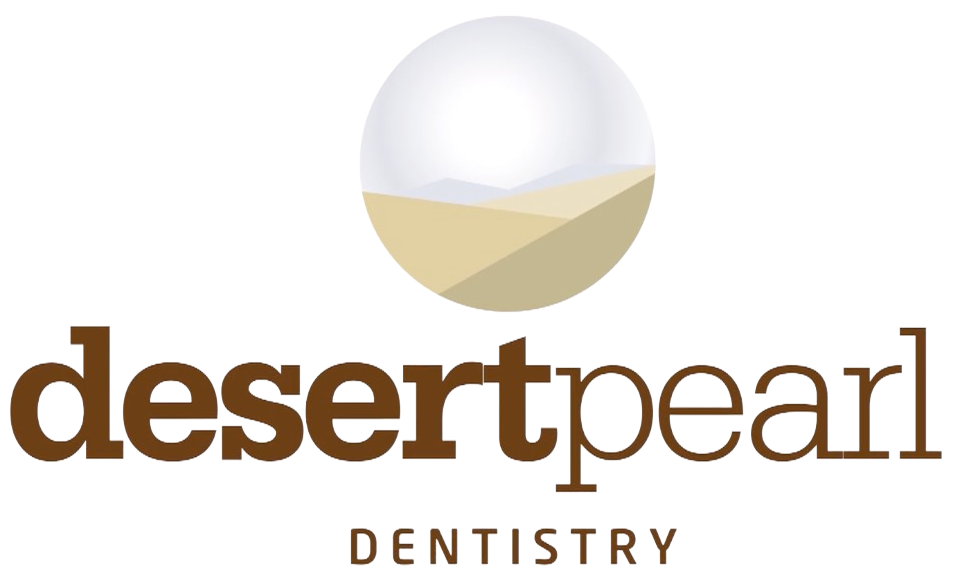Children often express anxiety or concern about upcoming dental visits. This may be based on poor past experiences or maybe the result of horror stories told by my schoolmates. In both these cases, there are ways to help alleviate your child’s concerns. One important step is ensuring they understand what to expect when arriving. Understanding the treatments, they’ll receive can help ease their worries and leave them feeling confident. It’s also important to directly address their concerns. Some children will express a fear of the treatment hurting. One step that many dentists have taken to help alleviate this concern is supplying nitrous oxide. This mild anesthetic has been safely soothing nervous patients and easing pains for over a century.
The Role Of Nitrous Oxide In Dental Treatments
The Dental industry first introduced nitrous oxide for use in dental environments in the late 1800s. Dentists initially used it after it was observed to relax patients and ease discomfort while they were being treated. Over the years, the methods of delivering nitrous oxide during treatments have been improved, making it safer and more effective. Nitrous oxide is administered using a nasal mask that delivers the gas in precisely measured quantities. During the procedure, you will remain conscious and able to cooperate with the dentist. The nature of nitrous oxide makes it possible for adjustments in the amount delivered to happen nearly instantly.
Further, the recovery time from the gas is so quick that the patient responds to the new level within moments. These properties allow the dentist to maintain the appropriate level of sedation throughout the procedure. Nitrous oxide has almost no meaningful side effects. Once the gas has been removed, the patient will recover within the space of a few minutes. Under the effects of the gas, the patient is relaxed and perhaps even slightly giddy. This latter trait gives it the nickname “laughing gas.”
In short, the benefits of Nitrous Oxide include:
- Ongoing Communication – At no point during the procedure will the gas render the patient unconscious. While some patients fall asleep under the effects of nitrous oxide due to the relaxation it induces. They can be easily woken and are able to communicate with the dentist throughout their care.
- Short Recovery – Patients who receive nitrous oxide are no longer affected by it a few moments after the gas is released. This sedative’s recovery time is incredibly fast, making it a popular choice for many patient types.
- Minimal Side Effects – There are very few side effects with nitrous oxide. The most common are shivering and sweating; some patients may become nauseous under its effects. These are rare moments after the gas is removed in most patients.
Learn More About Nitrous Oxide From Your Dentist
Please communicate with your dentist about sedation options available at their clinic. Nitrous oxide is a sedation method available at most dental offices. Some clinics will supply it on request if you express concern about nervousness during the procedure. Nitrous oxide has made the dental experience less stressful for patients of all ages for over a century. It is safe, effective, and available at most clinics.



